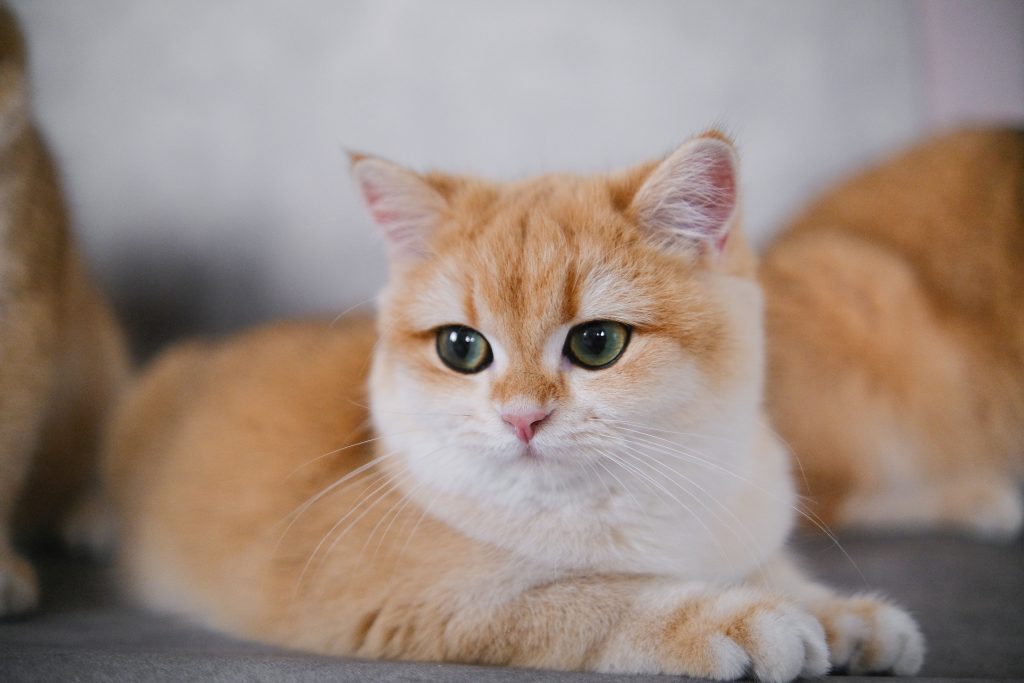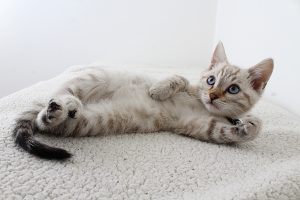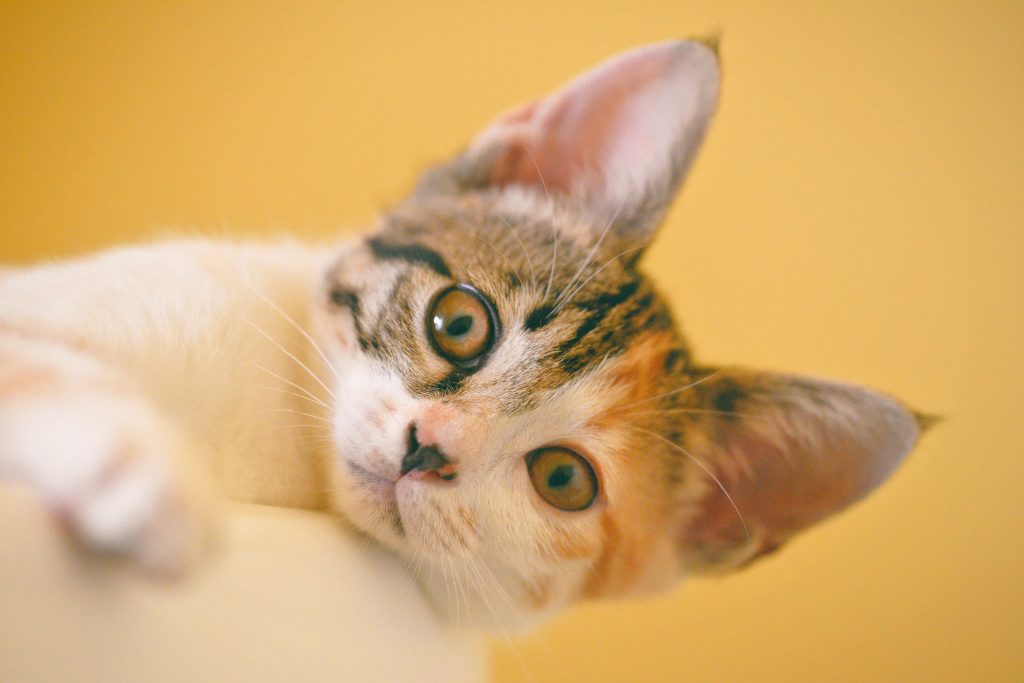We hope you love the products we recommend! Just so you know, all products featured here are independently selected by our editors and writers. If you buy something through links on our site, we may earn an affiliate commission at no cost to you. Thank you if you use our links, we really appreciate it!
Wet Cat Food: A Comprehensive Guide for Feline Nutrition
What is Wet Cat Food
Wet cat food, also known as canned cat food, is a type of food that is made from moist ingredients and packed in a can or food pouches.
Unlike dry food, which is made from a combination of dried ingredients and often shaped into kibble, wet food is made from high-quality,fresh ingredients and is typically higher in moisture content.

Benefits of Wet Cat Food
H3: Hydration
One of the most significant benefits of wet food is that it helps to keep your cat hydrated. Cats,in their natural habitats, get most of their water intake from the prey they hunt.
However, when they are kept as indoor pets, they may not get enough water from their diet, and feeding them wet food can help to make up for this lack of hydration.
Nutritional Value
Improved Digestion
How to Choose Wet Cat Food

Quality of Ingredients
Nutritional Value
Flavor and Texture
Tips for Feeding Wet Food to Your Cat
1. Always measure your serving size: A measuring cup is a great way to make sure you’re giving your cat the correct amount of food .
2. Serve at room temperature :To keep your pet’s stomach happy and to avoid digestive issues, give them their wet food at room temperature.
3. It’s important to maintain the freshness of wet food : Store the food in the fridge ,and discard any leftovers after 24 hours to keep it from going bad.
The Difference Between Canned Wet Food and Pouches Food

Canned Wet Food
Canned wet food comes in a metal or plastic can and is a popular choice among cat owners. It’s convenient, easy to store, and has a long shelf life.
The texture of canned wet food is usually thicker than pouches food and it can be more affordable.
Pouches Food
Pouches food comes in a convenient, single -serving pouch and is becoming increasingly popular. It is more expensive than canned wet food , but it is also more convenient and easier to store.
Cat food Pouches food is often more appealing to cats because it has a smoother texture and is usually served in smaller portions.
FAQs
Q: Is wet cat food better than dry ?
A: Both wet and dry cat foods are nutritionally complete and provide the nutrients a healthy cat needs. However , there are some differences between the two foods that may make one a better choice for your cat.
Wet food usually has a higher moisture content than dry cat food, which is beneficial for cats that don’t drink enough water or have urinary tract problems . The high moisture content of wet food also helps keep cats hydrated and prevents problems such as constipation.
Dry cat food, on the other hand, is more convenient and cheaper than wet food. Cats can enjoy it all day without spoiling, but wet food should be refrigerated and used within a few days after opening. Dry food is easier to store and has a longer shelf life.
Q: Is it ok to give cats wet food everyday ?
A: Yeah, wet cat food can be a great source of hydration and nutrition for your cat, it’s normally acceptable to feed wet food to cats every day. In fact, as wet car food offers a healthy amount of hydration and helps to prevent urinary tract issues, many vets advise including it in cats’ normal diets.
Wet cat food is typically more palatable to cats than dry food and can provide a range of nutritional benefits . It contains more protein and fewer carbohydrates than dry food, so it can help to keep your cat’s digestive system healthy by providing a good source of fiber.
Also the high moisture content in wet food can help to prevent dehydration, which is especially important for cats who don’t drink enough water on their own.
Q: Can wet food cause digestive problems in cats?
Q: Can wet cat food cause diarrhea ?
A: Wet cat food can sometimes cause diarrhea in cats, although it depends on the specific brand and ingredients. Some cats may be sensitive to certain ingredients in wet cat food, which can cause digestive upset and diarrhea.
One possible cause of diarrhea from wet food is an abrupt change in diet. If you switch your cat’s food suddenly, it can cause gastrointestinal upset, leading to diarrhea. It’s important to introduce new foods gradually, mixing in small amounts of the new food with your cat’s old food and slowly increasing the amount over several days.
Another possible cause of diarrhea from wet cat food is low-quality ingredients or food that is spoiled or contaminated. Make sure you’re buying high-quality wet cat food from a reputable brand, and check the expiration date and the condition of the food before giving it to your cat.
Finally, some cats may have specific dietary needs or sensitivities that make them more prone to diarrhea when consuming certain types of wet cat food. If your cat experiences recurrent diarrhea or other gastrointestinal symptoms, it’s a good idea to talk to your veterinarian to rule out any underlying health issues and get guidance on the best diet for your cat.
Q: Are there any special considerations for feeding senior cats wet food?
A: Senior cats may have different nutritional needs than younger cats, and it is important to choose senior cat food (wet food) that is formulated specifically for senior cats . Wet food can also help to keep senior cats hydrated , which is important as they age.
However ,it is always best to consult with your veterinarian to determine the best diet for your cat.
Q: How Much Wet Food to Feed a Cat ?
The serving size for wet food varies from cat to cat and depends on several factors, such as age,weight, and activity level.
Here are some guidelines to help you determine the right serving size :
Age: Kittens and senior cats have different nutritional needs and should have different serving sizes. Kittens typically need to eat more often and have smaller portions, while senior cats need smaller portions but less frequently.
Weight: A cat’s serving size should be based on their weight. A cat that weighs 10 pounds should have a different serving size than a cat that weighs 15 pounds.
Activity Level: An active cat needs more food than a sedentary cat. If your cat is very active, they may need more food to maintain their energy levels.
Here are some general guidelines:
Kittens: Kittens should eat wet food 3-4 times a day,with each serving of kitten food size being around 2-3 tablespoons.
Adult Cats: Adult cats should eat wet food 2-3 times a day, with each serving size being around 4-5 tablespoons.
Senior Cats: Senior cats should eat wet food 2 times a day, with each serving size being around 3 tablespoons.
How Much Wet Food to Feed a Cat Calculator
The proper amount of wet food should be given to your cat in order to maintain their health and wellbeing because overfeeding or underfeeding can result in a number of health issues.
Nevertheless, figuring out how much wet food to feed your cat can be difficult, especially if you’re a new cat owner or your cat has specific dietary requirements.
Fortunately , there are plenty of online cat food calculators that can assist you in figuring out how much wet food to feed your cat based on their weight, age, and level of activity.
It’s important to remember that these calculators are just meant to serve as a general reference, and you should always seek advice from your veterinarian when deciding how much wet food to feed your cat .
Your veterinarian can help you develop a tailored feeding strategy that satisfies your cat’s nutritional demands while taking into account any health issues or concerns your cat may have.
Wet Food Calculator
The recommended amount of wet food per meal is: g / oz
Conclusion
Wet cat food is an excellent option for cat owners who want to provide their pets with a nutritious, well – balanced diet. With its high moisture content, wet food helps to keep cats hydrated and can improve their digestion.
When choosing the wet food,it is essential to consider the quality of the ingredients, the nutritional value,and the flavor and texture. With the right wet food, you can ensure that your cat is getting the nutrients they need to maintain their health and wellbeing.